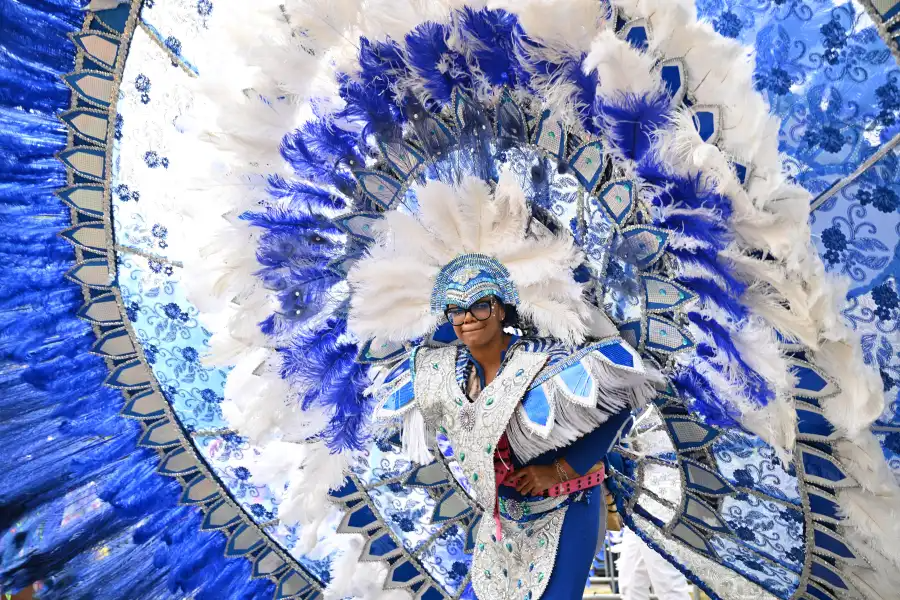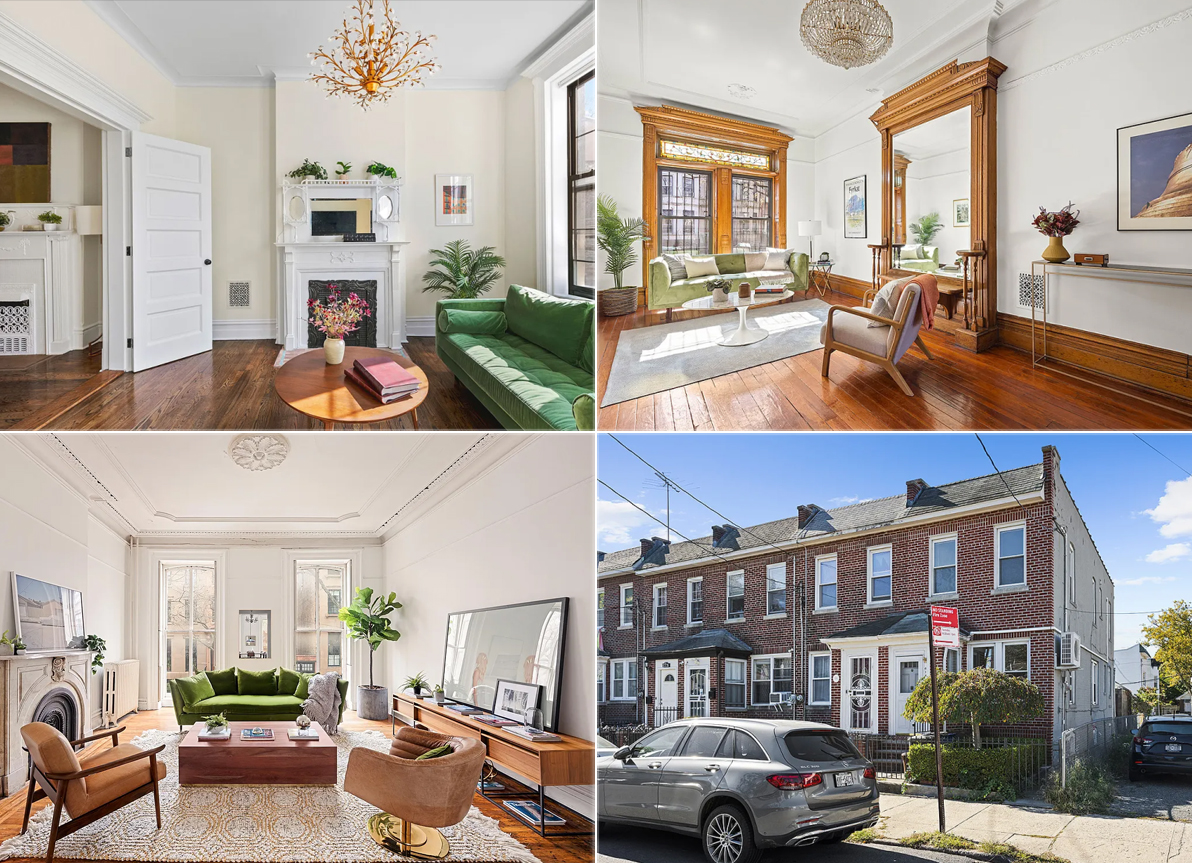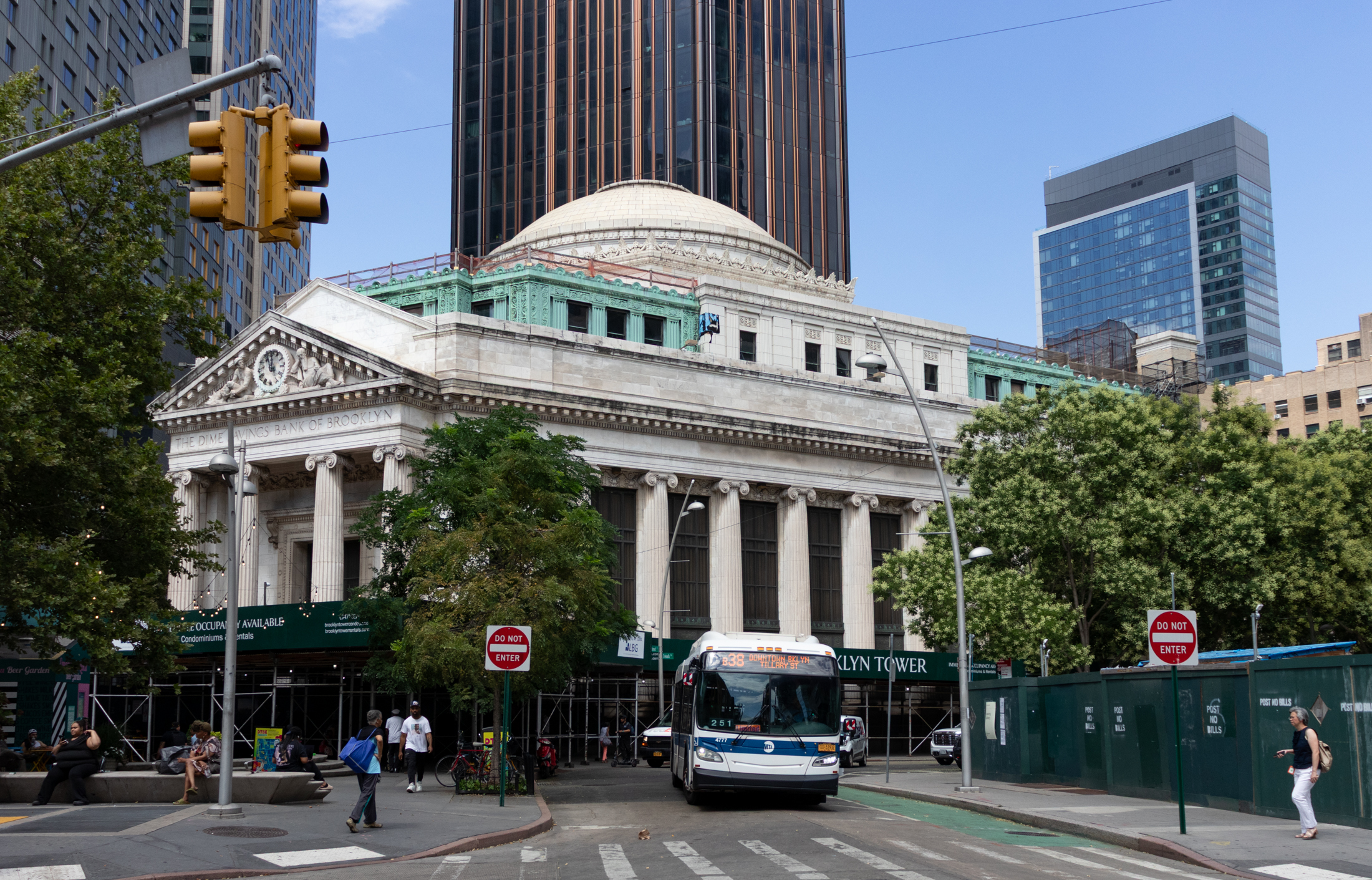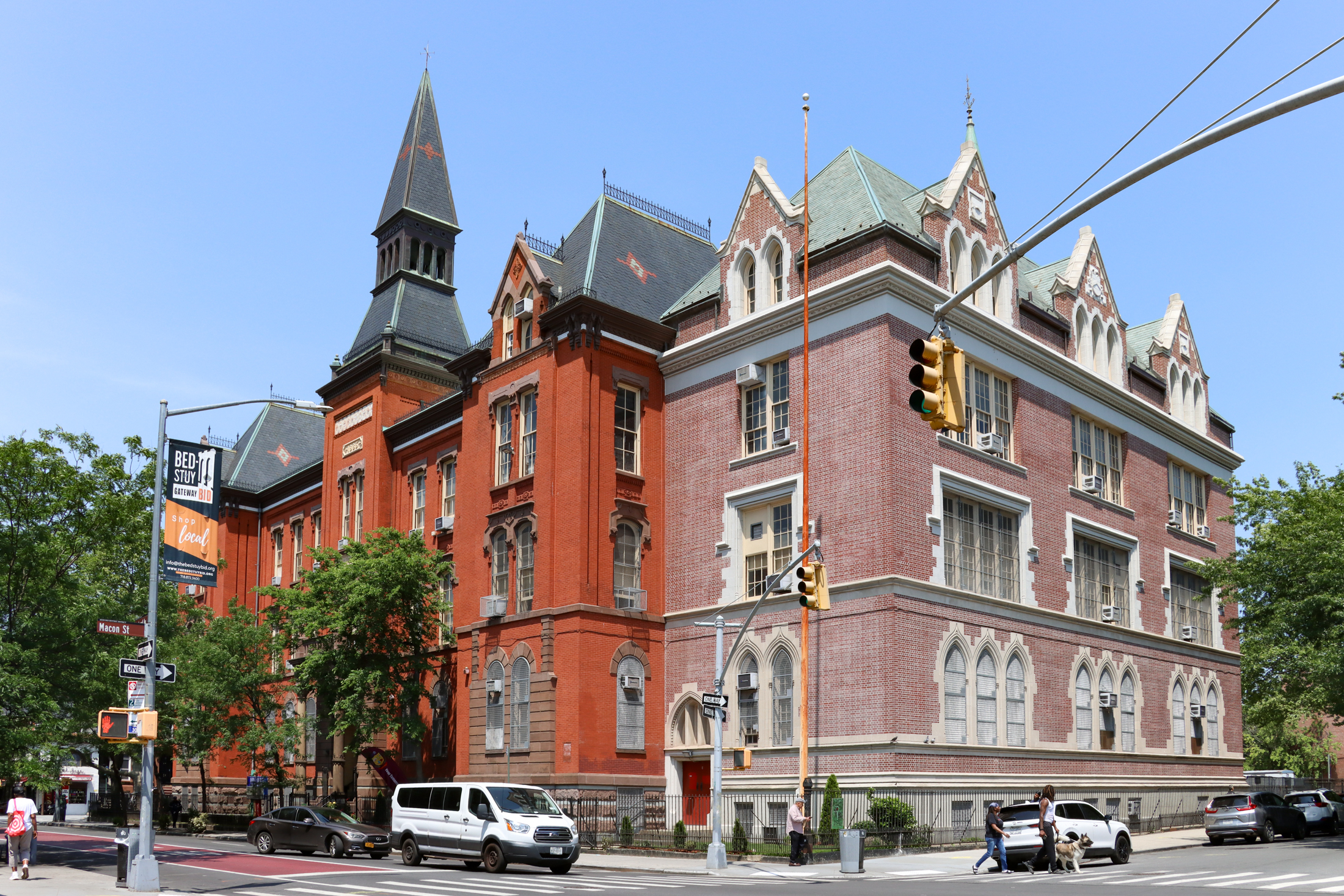Last Week's Biggest Sales
We’d be surprised if the Slope manse on Montgomery doesn’t end up being one of the top-5 sales in the neighborhood this year. How ’bout that markup on the Carroll Gardens house? 1. PARK SLOPE $3,300,000 52 Montgomery Place GMAP (left) 5,238-square-foot nine-bedroom first hit the market last April (HOTD, listed at $3,675,000); price subsequently…


We’d be surprised if the Slope manse on Montgomery doesn’t end up being one of the top-5 sales in the neighborhood this year. How ’bout that markup on the Carroll Gardens house?
1. PARK SLOPE $3,300,000
52 Montgomery Place GMAP (left)
5,238-square-foot nine-bedroom first hit the market last April (HOTD, listed at $3,675,000); price subsequently chopped to $3,300,000, and there she went. Deed recorded 3/4.
2. PARK SLOPE $2,195,000
40 St. Marks Avenue GMAP (right)
The sellers here hit the sweet spot, asking-wise. The brownstone between 5th and 6th aves. was purchased by them for $900,000 in 2003. Deed recorded 3/5.
3. MANHATTAN BEACH $1,850,000
282 Beaumont Street GMAP
2,896-sf, 2-family house built circa 1925. Listing MIA. Deed recorded 3/5.
4. PARK SLOPE $1,752,000
393 5th Street GMAP
Another one between 5th and 6th aves, this time in Center Slope. Was it listed? 3,012-sf 3-fam house. Deed recorded 3/4.
5. CARROLL GARDENS $1,670,000
29 2nd Street GMAP
Interesting: This one appears to have gone for a pretty penny over ask. StreetEasy shows the 3-fam townhouse listed in October for $1.5 mil. Deed recorded 3/3.





Look, we’re really not seeing the downturn yet in these sale prices because anything that is reporting as sold on today’s brownstoner actually went to contract about 3 months ago. Before things got scary. And they ARE getting scarier every day.
The St Marks Ave house was a complete WRECK in 2003, hence the “bargain” purchase price. I love the reno the previous owners did but am actually suprised they hit their asking price. It’s a small house (16′ x 34′, with an English basement, ie. no rental). The layout is terrific and the reno looks high quality. But still not a huge amount of space for a family. But I guess it made at least one buyer fall in love.
I have been to 75% of the houses on my block in Stuyvesant Heights and all of them are intact. I even have a few horse tie up post on the block from the 1880s.
I would think that Southern end of Bedford Stuyvesant would have more intact architecture than Park Slope. Many of the people in that area did not have the money to change anything but the front doors. People in Park Slope stole all the doors from these houses in the 1980s. The houses in both areas are designed
by the same architects during the 1870-1900. Park Slope has more tress which makes a big difference in my book and it makes the area look nicer. Architecturally it is all the same…
The Park Slope neighborhood of today retains much of the architecture that defined it 100 years ago. The neighborhood is roughly bounded on the east by Frederick Law Olmsted and Calvert Vaux’s Prospect Park, on the north by Flatbush Avenue, on the west by Fifth Avenue, and on the south by 15th Street. At the northeast corner is Grand Army Plaza, another Olmsted and Vaux design. Dramatically sited at the confluence of Flatbush Avenue and Eastern Parkway is the main branch of the Brooklyn Public Library, while around the corner is the Brooklyn Museum, adjacent to the 52-acre Brooklyn Botanic Garden.
The American Planning Association has selected Park Slope as one of 10 Great Neighborhoods in America for its architectural and historical features and its diverse mix of residents and businesses, all of which are supported and preserved by its active and involved citizenry.
“No neighborhood in America has a finer and more intact collection of late 19th-century row houses than Park Slope,” notes architectural historian and Columbia University professor Andrew Dolkart. “Block after block is virtually unaltered, with houses ranging from grand townhouses designed by Brooklyn’s leading architects, to long rows of vernacular speculator-built housing designed by the obscure architects who provided character to so many urban neighborhoods.”
Park Slope has a little bit of everything: stately brownstones, attractive apartment buildings, a farmer’s market, independently owned businesses, transit, an adjoining park, and active residents, some of whom moved to the area as urban homesteaders when it was being abandoned in the 1960s. The efforts of the local Fifth Avenue Committee have helped maintain affordable housing for long-time residents and preserve the neighborhood’s economic and social diversity.
Despite the neighborhood’s outstanding amenities and singular quality of architecture, Park Slope suffered along with many urban neighborhoods from disinvestment and decline during the decades following World War II. Many grand four- and five-story single-family homes of the Victorian era fell into disrepair or were chopped into rooming houses and small apartments.
The start of a several-decades-long turnaround began in the 1960s when visionary residents, among them Evelyn and Everett Ortner, moved into the neighborhood. The Ortners, who purchased an 1886 brownstone on Berkeley Place in 1963, became famous as two of the neighborhood’s strongest advocates, encouraging friends to move there and campaigning against the kind of mortgage redlining they had experienced when moving into a “declining” area.
More recently, the department of city planning rezoned Park Slope in 2003 to cap building heights on the brownstone side streets while accommodating taller apartment houses in the Fourth Avenue transit corridor.
Historic in design and modern in amenity, the livability of Brooklyn’s Park Slope is no hyperbole. Its architectural, recreational, transportation, and community assets all combine to make it a great community of lasting value.
“No neighborhood in America has a finer and more intact collection of late 19th-century row houses than Park Slope,” notes architectural historian and Columbia University professor Andrew Dolkart. “Block after block is virtually unaltered, with houses ranging from grand townhouses designed by Brooklyn’s leading architects, to long rows of vernacular speculator-built housing designed by the obscure architects who provided character to so many urban neighborhoods.”
New Jersey has more 19th century architecture than Brooklyn. Go back to Iowa.
Not largest, 1:37, but best.
Stop thinking like an overweight, fast food eating American for a second.
Bigger is NOT always better.
Some of us prefer quality of quantity.
largest 19th century architecture in the country bit is not true at all… Not even the largest 19th century architecture in Brooklyn…
“Improvements in the areas all around Park Slope has contributed a huge amount towards Park Slope’s rising popularity.”
Actually…Park Slope was a fantastic neighhorhood long before any of the gentirfiers moved into the fringe areas surrounding it. Park Slope pretty much started the gentrification of Brooklyn.
I think Park Slope contributed more to the sucess of Ft. Greene, Prospect Heights and Crown Heights than the other way around.